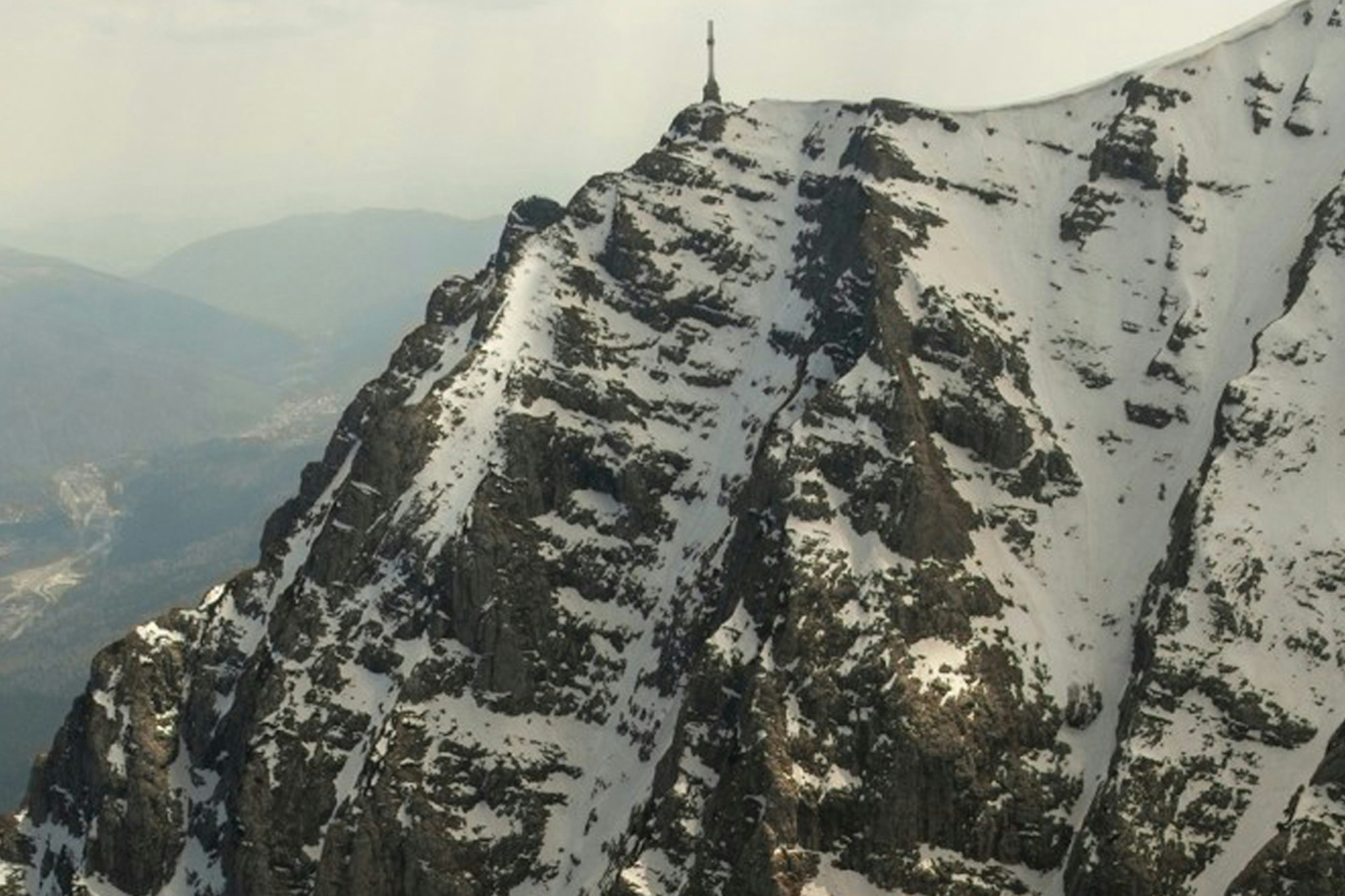Non-continuous ski descents are my idea of a good time. Rappelling over late-season waterfalls with skis on my backpack and crampons on my feet, sidestepping to the very end of the precipitous brown snow, hesitantly removing skis as I glance over the edge, finding the least questionable rock, and building a worthy anchor before tossing ropes precariously into the cascading water. Interruptions aren’t obstacles; they mandate the complete mountain skill set that I seek. And if those abilities manifest themselves in the form of a dirty jacket and wet gloves, it doesn’t detract from the couloir. It adds adrenaline to the undertaking.
It was spring in Romania’s Bucegi Mountains and the snowpack was hilariously thin. KT Miller and I were in a popular tourist section of the Transylvanian Alps with first descent opportunities more abundant than the omnipresent Dracula paraphernalia available to tourists. While the steep valleys had all seen descents, a number of narrow couloirs remained untouched by skiers. Having never skied in Europe, the lack of information regarding ski possibilities in the region was allowing us to ride only what we thought may be possible, without the burden of named chutes, the limitation of trail signs or the expectations of preceding reputations.
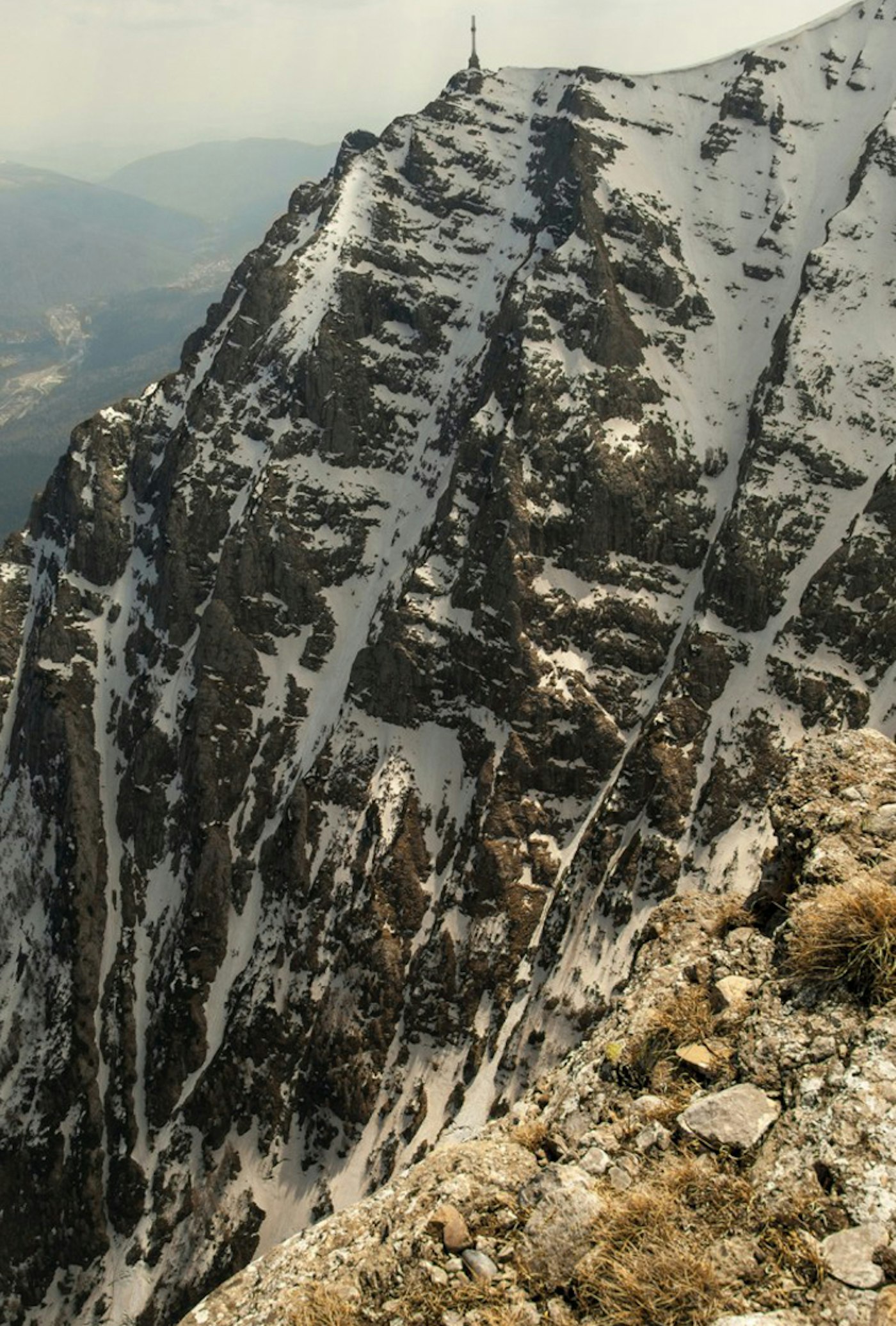
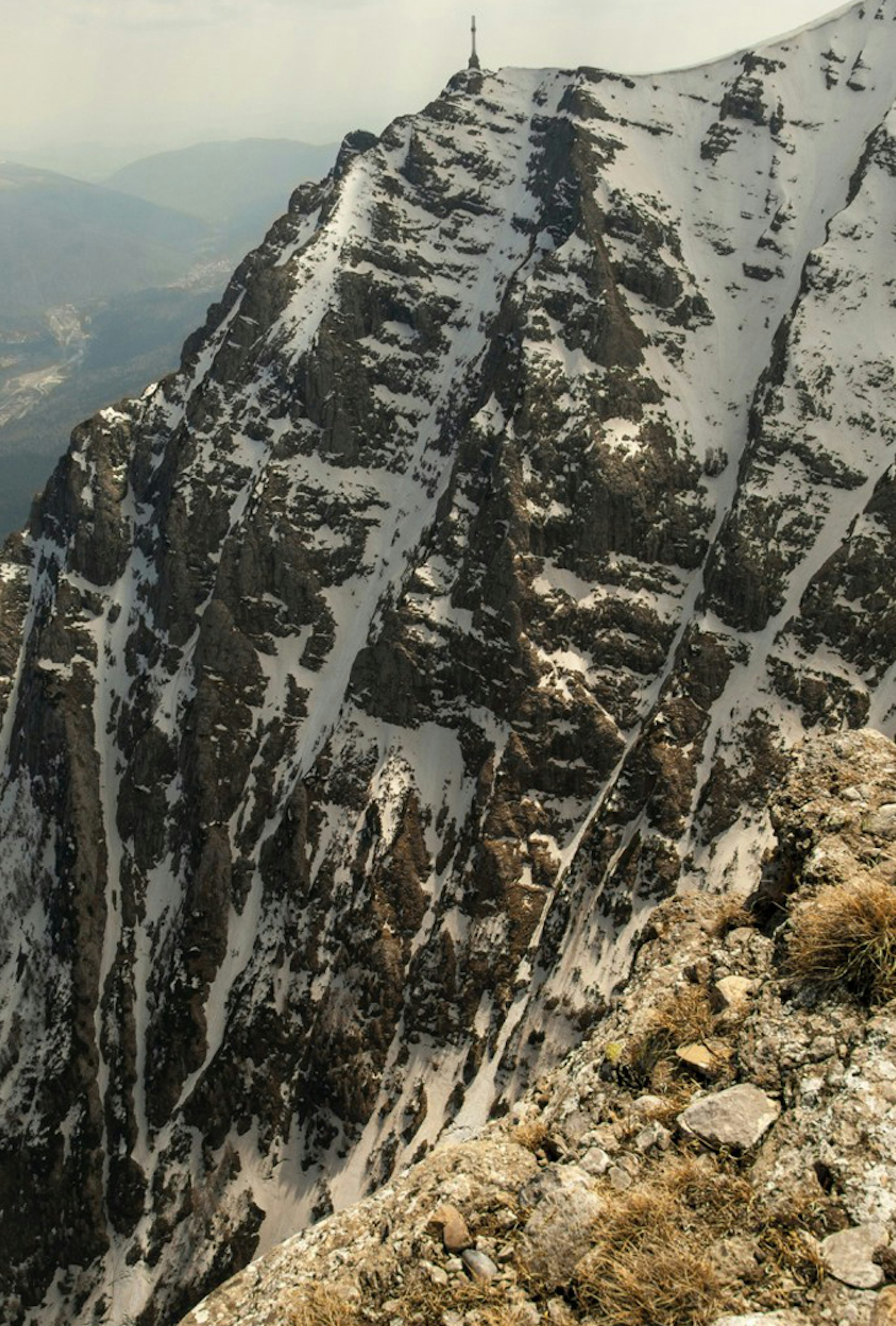
During the steep 5,000-foot descent of Valea Costilei, I spotted a strip of snow dripping down from the neighboring Heroes’ Cross monument on the shoulder of Caraiman Peak. Dangerously constructed in 1928 to honor those who died during World War I, the 118-foot-tall cross sits at the end of an enormously cliffy plateau, exposed to the small town of Sinai below. Couloirs line the sheer faces, fizzling out early, cliffing into oblivion or disappearing to different aspects. From nearly a mile to the north, it was impossible to tell how wide, steep, or continuous this northeast-facing ribbon of white truly was. I assumed it was a ski-length wide, steep enough to ice climb and naked enough for rocks to jut through the late-season snow. A perfect climbing route. But could it be skied? I was confident that I could safely descend it with the right combination of mountain abilities. And I wanted to.
In our hotel that night, I couldn’t stop staring at our reference photo, and, the next morning, easy access put me on top within a few hours. Kt set up cameras at the previous day’s scouting location and confirmed by radio that I was on top of the correct line. As clouds swirled overhead, I racked my harness with climbing gear and looked into the entry for the first time. The line appeared not only manageable but shreddable.
Double-checking my bindings and tightening my boots, I glanced down to see mountain goats scampering across the steep, firm snow. I melodramatically rambled into my radio, talking about how the proficiency of these goats never ceases to amaze me. As soon as I let my finger slip off the transfer button, my radio came to life, “Brody! BRO-DY. Shut up. Do not drop. I repeat. Do. Not. Drop. There are climbers entering the couloir. Climbers are below you. I don’t care about goats right now.”
Wait, what? No. We hadn’t seen climbers the entire trip, and it was late in the season, late in the day and avalanche danger would soon spike. Not only did I need to drop now, but also they needed to top out before inevitable afternoon wet slides started. They were thousands of feet below me, but I couldn’t ski on top of them. I would certainly knock down dangerous debris.“How far down are they?”
“I hate to say it,” Kt replied, “but they’re barely one-third of the way up.”
“Should I yell at them to move?” I asked, already knowing the answer.
“There is literally no chance they’d hear you,” Kt stammered. With perfect lighting, she was as ready for me to ski as I was. “There is a logical pullout a thousand feet above them. At the rate they’re moving, I wouldn’t be surprised if they were exhausted and needed a break there. Maybe you could drop while they’re protected. Give it one hour.” Laying in the sun beneath the monument, I went to sleep on my backpack.
Two hours later, my radio woke me up. Kt told me that they were trudging past the protected spot with ropes, ice axes and climbing gear. They were not stopping. “Brody, I’m sorry. They didn’t stop. It only gets narrower above. There’s no way you can ski it now. You’ve gotta wait until they top out.”
Finally, the climbers came into sight, appearing where the goats had scuttled three hours prior. I found myself in an uncomfortable position. I had arrived at the route excited and mentally prepared. Then I took a forced three-hour break, and the adrenaline-fueled vision of a safe descent had slowly crept away. Now, groggy and casual, I yawned as I put my backpack on again. Was this a safe state of mind and body to enter such a potentially dangerous line? Alternatively, why would I even question that? Aside from additional triggers of rockfall—goats and afternoon warming—nothing had changed since I arrived.
As the climbers topped out, we attempted to chat in Romaniglish. Local mountaineers, they knew no one had ever attempted a ski descent of their climbing route, Albisoara Crucii. I dropped in after congratulating them. A few fragile jump turns led into larger and faster turns than I’d imagined from across the valley. Eliminating any prior doubts, I found myself in the proper headspace instantly.
It was happening. This was it. A culmination of years of preparation. The alpinists who inspire me thrive off repeating this sensation that I was truly feeling for the first time.
When there was enough space between rappels to allow ski turns, I made them. I made the most continuous ski descent possible to me. A steep stream rushed down beside most of the line, forcing me to rappel through it on numerous occasions. Soaking wet in the hot afternoon sun, my anchors were secure, my crampons sank onto accepting rock edges and my turns placed me exactly at the edge of the snow atop beautiful cliffs. My mind, body and actions were acquiescent, willing to react to the route as it presented itself to me.
Over five hours after first looking into the route, I was putting skis and boots on my backpack, preparing for the long and arduous hike back to the never-on-time Romanian public transportation that would shuttle us close to our hotel, 15 hours after leaving early that morning. All for one run. That’s my idea of a good time.

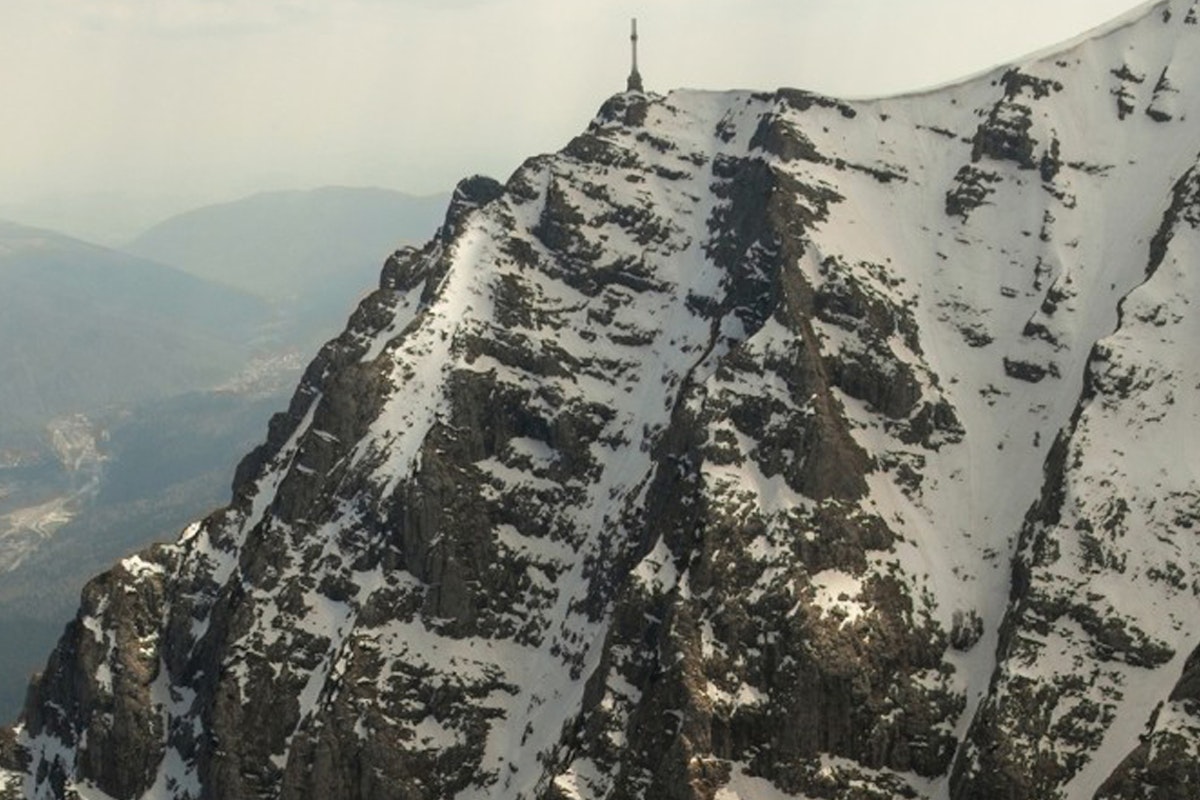
![[GIVEAWAY] Win a Head-to-Toe Ski Setup from IFSA](https://www.datocms-assets.com/163516/1765920344-ifsa.jpg?w=200&h=200&fit=crop)
![[GIVEAWAY] Win a Legendary Ski Trip with Icelantic's Road to the Rocks](https://www.datocms-assets.com/163516/1765233064-r2r26_freeskier_leaderboard1.jpg?w=200&h=200&fit=crop)

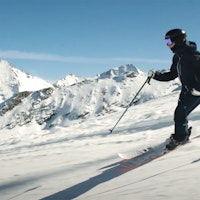
![[GIVEAWAY] Win a Legendary Ski Trip with Icelantic's Road to the Rocks](https://www.datocms-assets.com/163516/1765233064-r2r26_freeskier_leaderboard1.jpg?auto=format&w=400&h=300&fit=crop&crop=faces,entropy)




![[GIVEAWAY] Win a Head-to-Toe Ski Setup from IFSA](https://www.datocms-assets.com/163516/1765920344-ifsa.jpg?auto=format&w=400&h=300&fit=crop&crop=faces,entropy)


